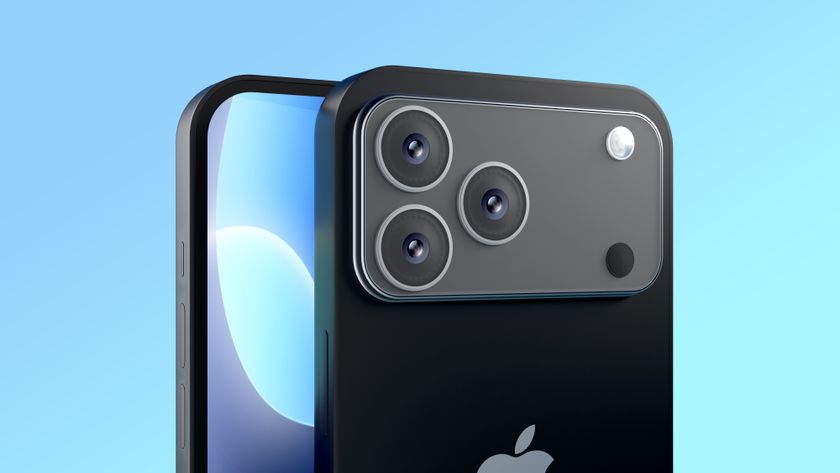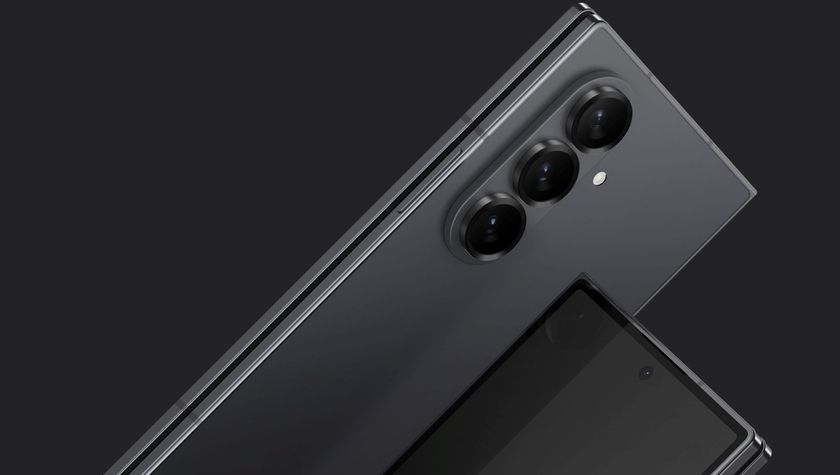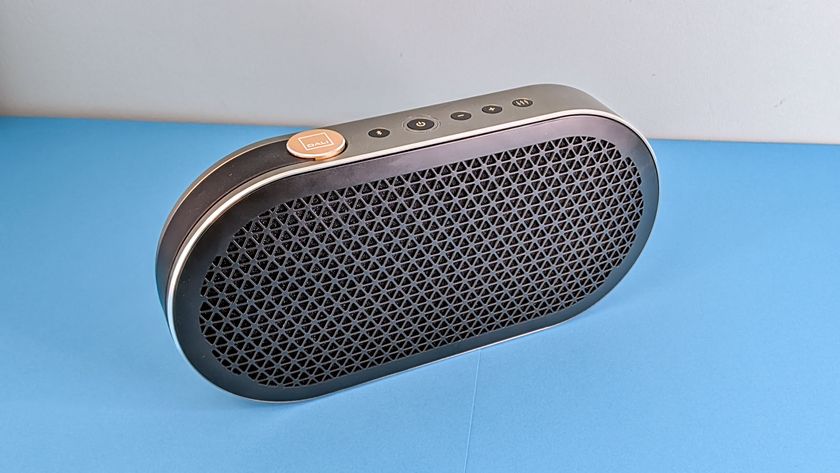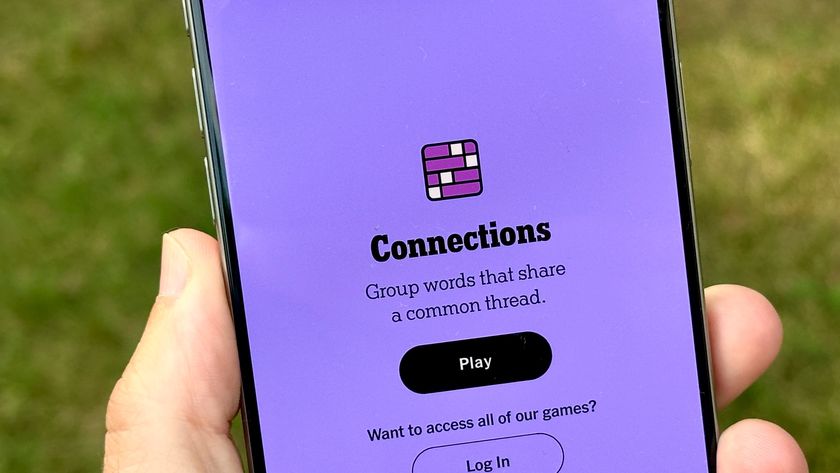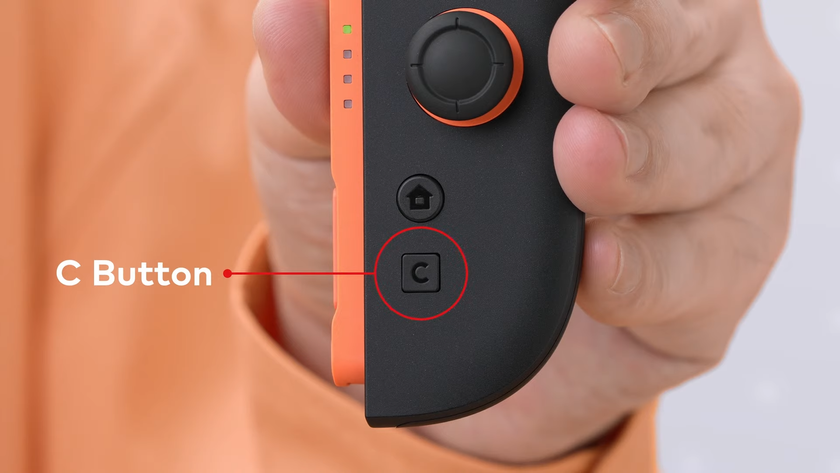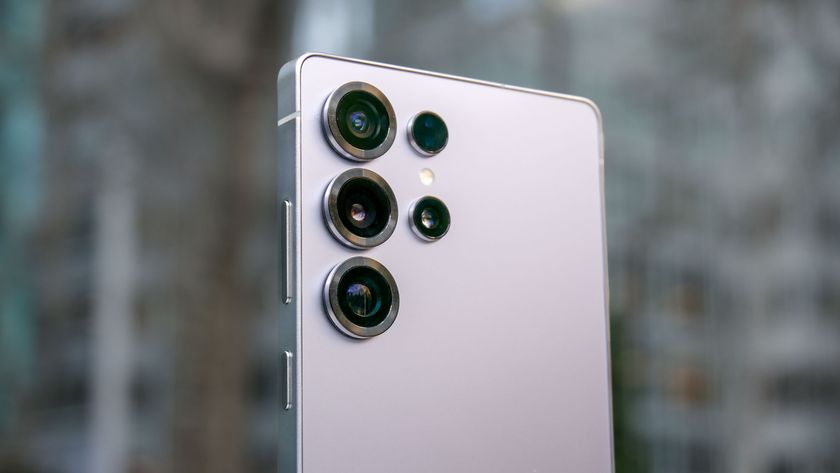Microsoft Surface Duo 2 could arrive this fall — 6 things it needs to have
Here's what the new Surface Duo needs to upgrade and get right second time around
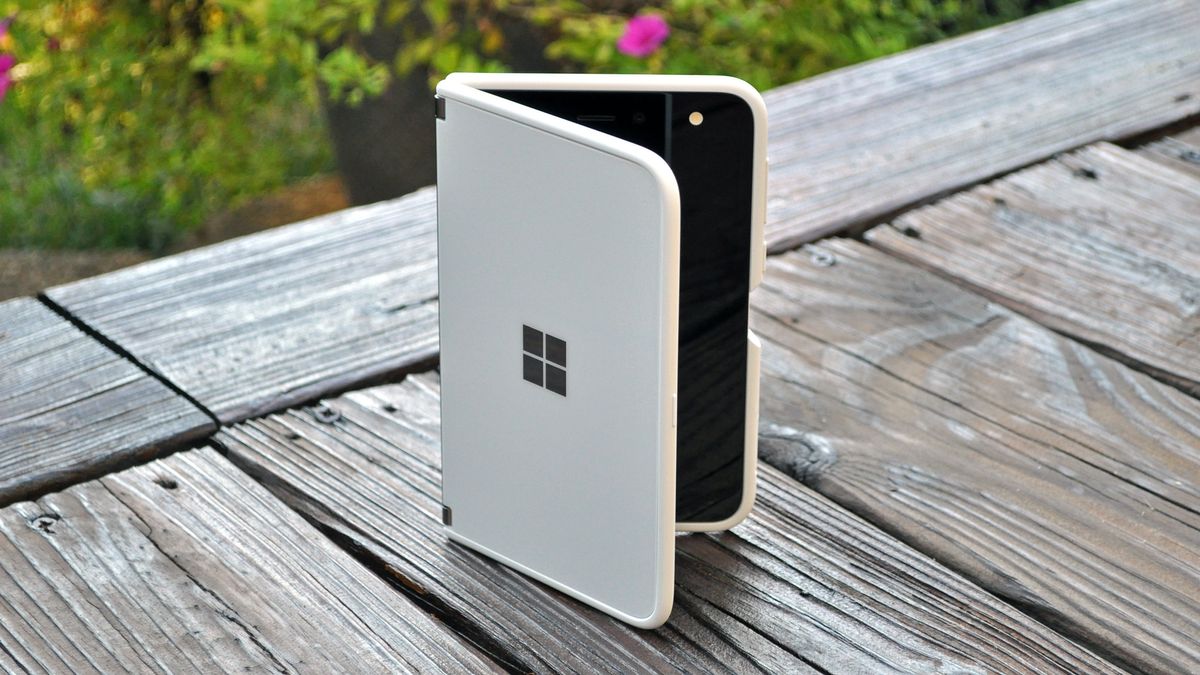
A second-generation Surface Duo could arrive in the fall, according to WindowsCentral sources. But if this rumor is legitimate, then Microsoft will need to do a lot to address the shortcomings we found in our Microsoft Surface Duo review.
What we're calling the Surface Duo 2 could be an important reboot for Microsoft if it's to compete with other foldable phones like the upcoming Samsung Galaxy Z Fold 3 and Galaxy Z Flip 3. If it can fix its predecessor's flaws, the Surface Duo 2 might just stand a chance against the best foldable phones around.
- Samsung Galaxy Z Fold 3 release date, price, specs, screen size and news
- The best phones overall right now
- Plus: Amazon Prime Day deals 2021 — date and best early deals
There aren't too many rumors about the Surface Duo 2 around right now, but what we have heard so far sounds positive, from improved software and faster performance to better cameras. We also hope that Microsoft doesn't throw out all of the Surface Duo's unique features, like its hinge or multitasking options.
So here are six key things we'd like to see the Surface Duo 2 do better than the original.
More stable software
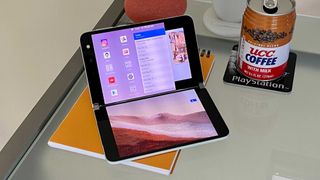
Microsoft promised a different kind of Android phone with the Surface Duo, but it was unable to consistently deliver that goal. Pairing apps to open together, swapping them between the two displays, or making the most of one app across dual screens all offered excellent productivity potential, but the numerous glitches made using these features difficult.
Almost a year later, you'd hope that Microsoft's had enough time to iron out all the remaining wrinkles, and maybe add in some of its own unique features to help it stand out from the many other Android-powered phones. This is probably the most crucial thing the Surface Duo 2 needs to improve. It doesn't matter how good a phone's design or specs are if it remains frustrating to use.
More effective cameras

Microsoft decided only one 11MP camera was needed on the Surface Duo, and perhaps unsurprisingly the phone wasn't great at photography. Not only was the sensor inconsistent with its quality, but it was also the victim of more software shenanigans, with the phone struggling to figure out where you wanted the viewfinder window to appear.
Sign up to get the BEST of Tom's Guide direct to your inbox.
Get instant access to breaking news, the hottest reviews, great deals and helpful tips.
The Surface Duo 2 could be getting an external camera system, housed inside a raised bump, according to WindowsCentral's sources. This would be a great first step to taking better photos, even if it means losing the original Duo's striking symmetrical external design. Microsoft will also need to work on its photo processing software to compete with the best camera phones from Samsung and Google.
A major performance hike
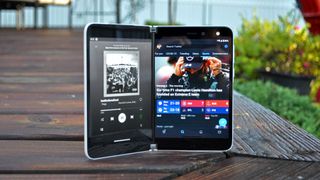
Aside from the fact it launched with a year-old chipset, the Surface Duo lacked power compared to its rivals with only 6GB RAM. And it wasn't 5G compatible, something you would expect from a phone of its price.
WindowsCentral reported that the Surface Duo 2 could get "the latest flagship SoC for 2021." Using an up-to-date chip, such as the Snapdragon 888, would give the Surface Duo 2 flagship-level performance and 5G connectivity by default. And with a bit more RAM, ideally up to the premium phone standard of 12GB, then the Surface Duo 2 shouldn't have any problem when it comes to computing and graphical power.
A lower price
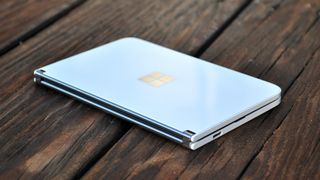
It's undeniable that foldable phones are expensive right now. But starting at $1,399, the Surface Duo was very pricey for a phone that didn't have stellar specs; it cost the same as the excellent Samsung Galaxy Z Flip, which while smaller offered more features.
We don't have any details on the potential cost of the Surface Duo 2. Microsoft could leave the price where it is if it gives the foldable phone a major upgrade over its predecessor. However, rumors of Samsung's next generation foldables getting price cuts could cause Microsoft problems. If it can afford to reduce the Surface Duo 2's sticker price by a couple of hundred dollars, it would be wise.
NFC and wireless charging
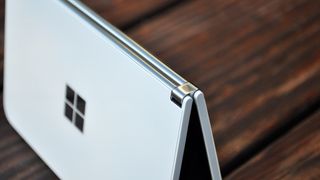
Even the cheapest Android phones you can buy these days usually come with NFC chips for wireless payments. And a lot of premium phones offer wireless charging. The Surface Duo offered neither.
You could argue that since Microsoft's aim with the Duo wasn't to purely make a smartphone but a different kind of foldable device, these features weren't needed. But this just made the Surface Duo tricky to use as a primary device.
NFC is supposedly a given for the Surface Duo 2, according WindowsCentral's sources, which we're happy to hear. A lack of wireless charging wouldn't be the end of the world, but with Samsung's foldables able to charge with or without cables, the Surface Duo 2 could look outdated in comparison.
An external display
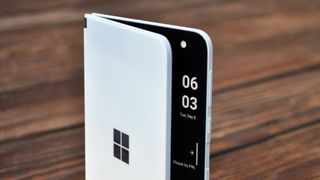
Most foldable phones come with a secondary display on the outside. It could be small, like the notification window on the Galaxy Z Flip, or a full-blown screen like the Samsung Galaxy Z Fold 2 that can operate like a normal non-folding phone. The Surface Duo only had its internal twin screens, but the 360-degree hinge meant you could open the phone and use one side at a time (assuming the software behaved).
There are no rumors about more displays, but it doesn't feel like Microsoft would add a whole extra screen on the outside of the Surface Duo 2. This would make the 360-degree hinge, one of the Duo's defining features, redundant. However, it would be a great quality of life upgrade if the Duo 2 offered a small notifications display on the outside, to allow users to quickly check the phone rather than needing to unfold it every time an alert goes off.

Richard is based in London, covering news, reviews and how-tos for phones, tablets, gaming, and whatever else people need advice on. Following on from his MA in Magazine Journalism at the University of Sheffield, he's also written for WIRED U.K., The Register and Creative Bloq. When not at work, he's likely thinking about how to brew the perfect cup of specialty coffee.
